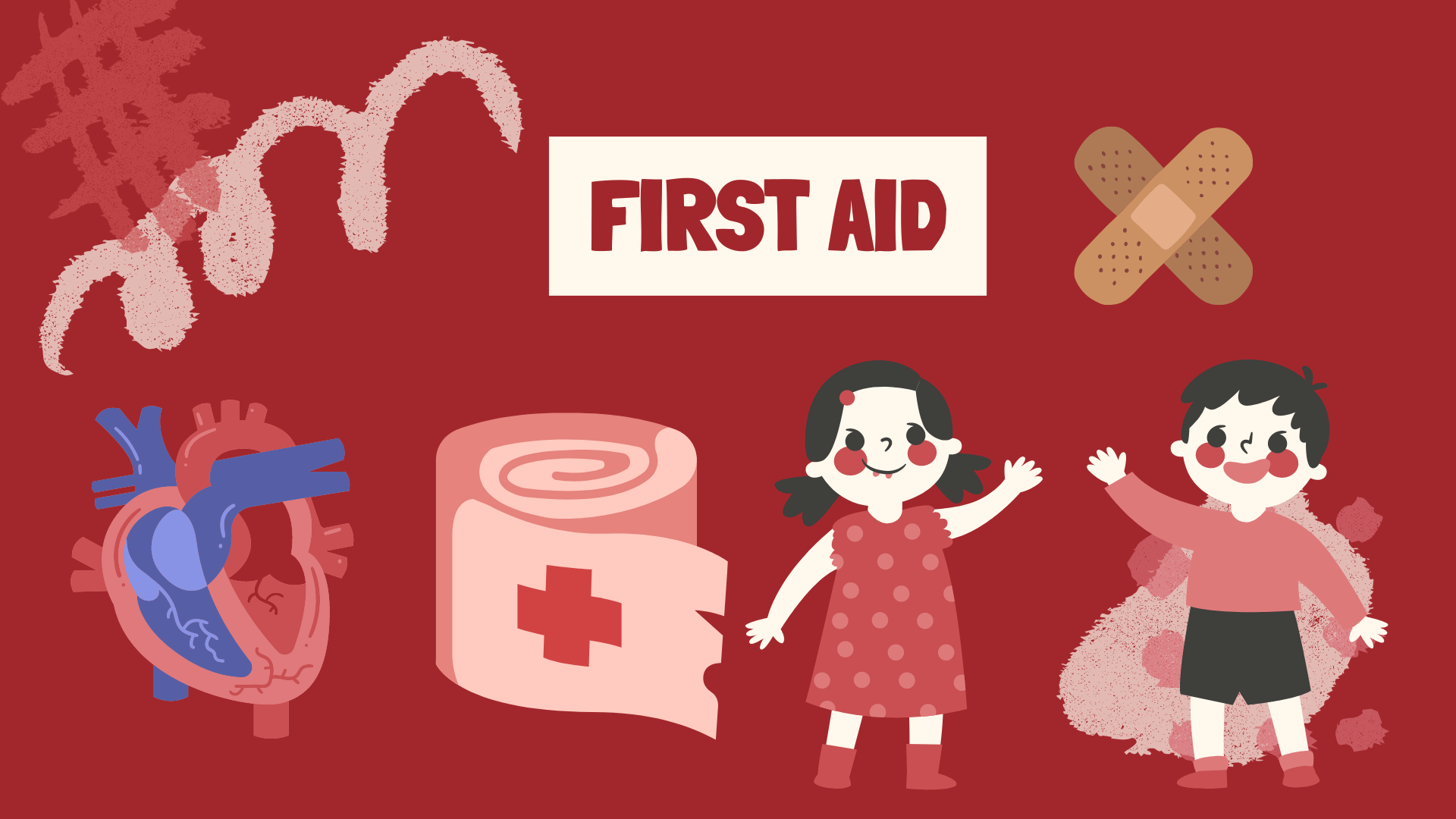Human Anatomy and physiology
Pankaj Kushwaha | 12, Sep 2024
The human body can be easily compared to a well-orchestrated machine.
Anatomy is the most basic term and area of study in the basic life sciences. Anatomy refers to the internal and external structures of the body, their arrangement, and their physical relationships.
Physiology is the functioning of the body's structures.
The human body can be easily compared to a well-orchestrated machine which is required to perform various functions in coordination with other systems. To a healthy body, every system and its coordinated functioning is essential as no particular system can be said to be more important than the other.
Every first aider should have partial familiarity with various systems of the body and their functioning without which he will not be able to appreciate the extent of sickness, injury or the process of first aid may be reduced to simple quackery.
The smallest functioning unit of every living being is composed of cells. The human body is composed of billions of cells. Each group of cells with assigned work is known as tissue.
1. Anatomical Position
2. Human body regions
3. Body Cavities
4. Body System
1. Anatomical Position
Consider the human body standing erect facing you, the arms are down at the sides with the palms of the hands facing forward.
References to all body structures are made when the body is in the anatomical position.
Right and left: Always make reference to the patient's right and the patient's left
Anterior and posterior: Anterior means front of the body and posterior is used to indicate the back of the body. while the head face is considered anterior while all of the remaining structures are posterior.
Midline: Divides the body into right and left halves with a vertical line. Anything towards the midling is said to be medial while anything always from the midline is said to be lateral.
Superior: Towards the head. As eyes are superior to the nose.
Inferior: Towards the feet. As the mouth is inferior to the nose.
Proximal: Any part nearer to the shoulder joint or hip joint.
Distal: Any part away from the shoulder, joint or hip joint.
2. Body Regions
The human body can be divided into 5 regions.
1.Head
Cranium- which houses the brain.
Face
Mandible-The lower jaw
2. Neck
3. Trunk
Chest - Thorax
Abdomen- Extending from lower ribs to pelvic girdle
Pelvis- Protected by bones of the pelvic girdle.
4. Upper Extremities
Shoulder joint
Upper arm
Elbo
Forearm
Wrist
Hand
5. Lower Extremities
Hip Joint
Thigh
Knee
Lower leg
Ankle
Foot
3. Body Cavities
There are four major body cavities, two anterior and two posterior. These cavities contain vital organs, glands, blood vessels and nerves.
1. Anterior Cavities
a. Chest Cavity: It is known as thoracic cavity. Enclosed by the rib cage, protecting the lungs, heart, great blood vessels, part of the trachea and esophagus. The lower border of the chest cavity is the diaphragm ( a dome-shaped muscle used in breathing.)
b. Abdomino pelvic cavity: This is the anterior body cavity below the diaphragm. It has got two portions.
I. Abdominal cavity: It extends from lower ribs to the region protected by pelvic bones. It contains
stomach
Liver
Gall bladder
Pancreas
Spleen
Small intestine
Most of the large intestine.
This cavity is not surrounded by bones.
II. Pelvic cavity: this is protected by the bones of the pelvic girdle. It contains
Urinary bladder
Portions of the large intestine
Internal reproduction organs
2. Posterior Cavities
a. Cranial Cavity: It is protected by skull bones and contains the brain and its specialized membranes.
b. Spinal Cavity: This cavity runs through the center of the backbone and contains the spinal cord and its specialized membranes.
4. Body system
1. Circulatory System
It moves blood carring oxygen and foods to the body cells and removes wastes and carbon dioxide from these cells.
2. Respiratory System
It helps in exchanging air to bring in oxygen and expel carbon dioxide. This oxygen is put into blood stream while carbon dioxide is being removed.
3. Digestive System
It enables us to eat, digest and absorb food and provides for the removal of waste.
4. Urinary System
It is involved in the removal of chemical wastes from the blood and helps to balance water in salt levels of the blood.
5. Reproductive System
It includes all structures and hormones needed for sexual reproduction.
6. Nervous System
It controls movement, interprets senstions, regulates body activities and generates memory and thought.
7. Endocrine System
It produces chemicals called hormones that help to regulate mose body activities and functions.
8. Musculoskeletal System
It includes bones that provide protection and support the skeletal muscles that at with the bones to permit body movement.
9. Special Senses
It consists of various organs that link with the nervous system to provide.
Sight , Hearing , Test , Smell and Sensations of pain, cold, heat and tactile responses.
10. Skin
It includes skin, hair and sweat glands.
11. Hemopoitic System
Blood
12. Immune System
It protects the body from disease causing organisms.
